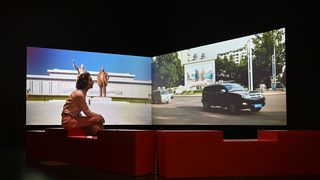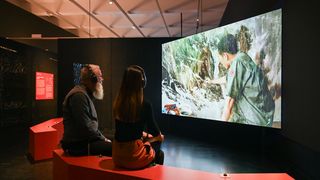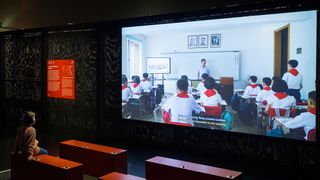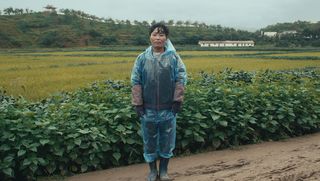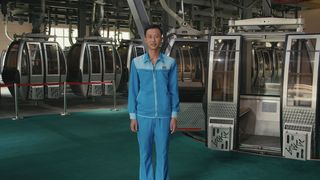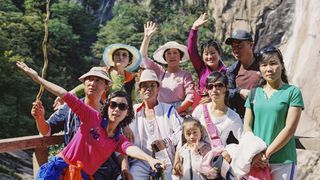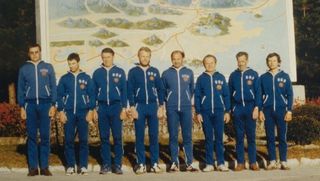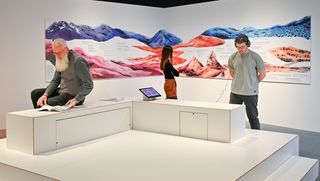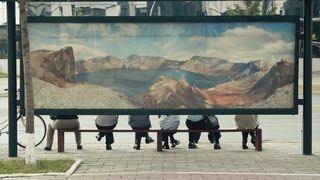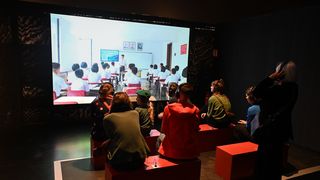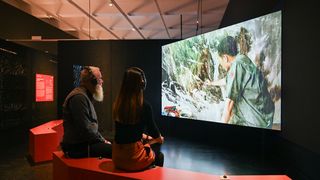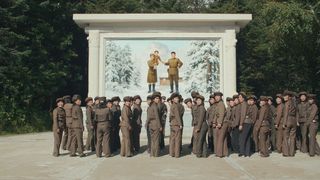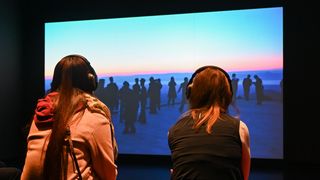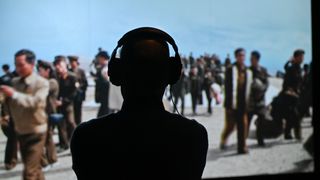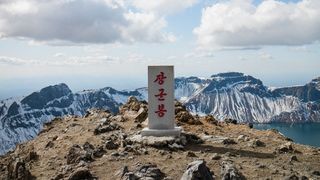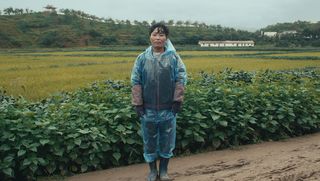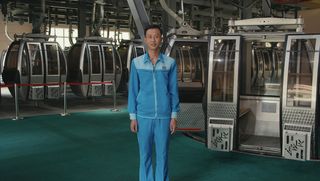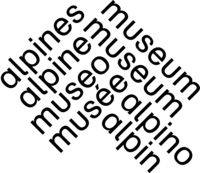Curator: Beat Hächler, Swiss Alpine Museum, Bern
Concept, Direction, Edition: Gian Suhner
Cinematography: Katharina Schelling
Sound design: Denis Elmaci
Co-Curator, for DHMD: Andreas Geißler, kursiv | text-objekt-raum
Curatorial Project Assistance: Kathrin Haase
Exhibition design: Original design – Philipp Clemenz; for DHMD – Grafikbüro unverblümt: Katharina Balzer, Enrico Wuttke
What springs to mind when you hear the words ‘North Korea’? – A totalitarian leader-state, human rights violations, food crises – or a military threat? But what do North Koreans think about the world they live in? What sorts of exchanges are possible, and how? What and where are the limits of what can be said? What can we hope to understand?
The mountain landscapes of the Korean peninsula define and connect a country that has been divided for almost 80 years. In ‘Let’s Talk about Mountains’, local people talk about mountains, their experiences of nature, and their sense of identity. These cinematic encounters create moments of familiar closeness despite seemingly unbridgeable systemic differences. They provide insights into North Korean life beyond stereotypical images.
Here in Dresden, travellers to North Korea take a look at the country from a historical perspective. The Saxon mountaineers give an account of their impressions and personal experiences of borders in the former socialist brother state, which they explored as part of climbing expeditions conducted during the East German era.
So, let’s talk about mountains.

